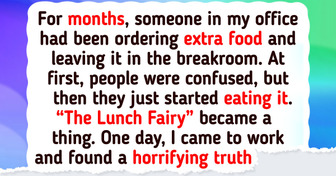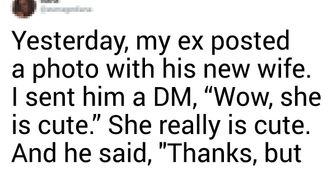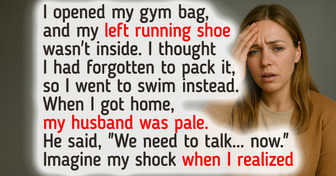17 Kind People Who Just Made Other People's Life Better
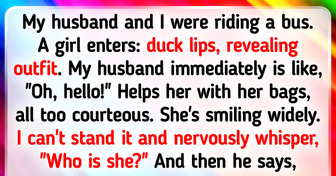
You’re trying on a pair of jeans, a dress, or a jacket and are about to dig your hand into the pocket when... you realize there’s no depth to it! The pocket is simply not there! But why would anyone create pockets you can’t put anything in?
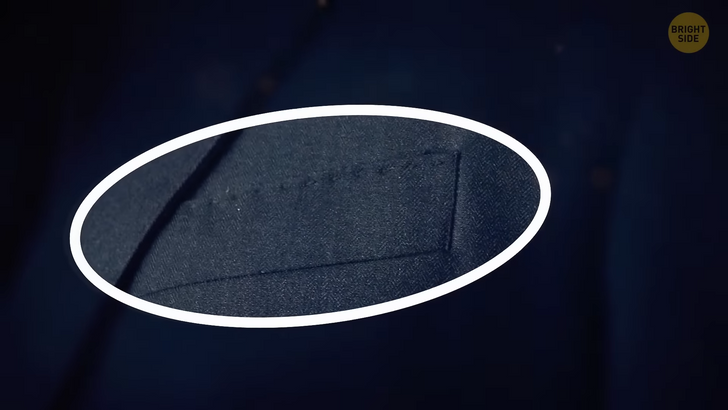
Well, the reason for fake pockets is simple. If a clothing item has a specific cut or shape, pockets may spoil it. They can alter the item’s shape either in the warehouse or already on the retail rack. The solution? Getting rid of pockets in key areas! Plus, fake pockets are obviously cheaper. And they don’t get stretched out! Interestingly, this practice goes back to the 17th century. That’s when pockets were actually removable. They resembled small bags, and women, for example, could move them from one outfit to another. (Unfortunately, it was also very convenient for pickpockets. They could grab such a “pocket” and run off with it.)
Then clothes became more streamlined, and slim pockets started to be sewn right into them instead of attachable bags. This was believed to make the shape of a person’s silhouette more alluring. But soon, slimmer skirts came into fashion — and pockets went out of it. And people started using handbags instead. These days, most pockets are real. But some of them are still fake. So, how can we make sure that we don’t actually turn a fake pocket into a hole, thinking it’s a real one? First of all, take a look at the stitching along the edge of the pocket — where it’s supposed to open up. If you see a single loose thread, just snip a piece of it and start pulling gently. If the pocket is real, the thread will easily come out. But if you feel that the stitching won’t budge, most likely, you have a faux pocket on your hands. If this is the case, just leave it be!
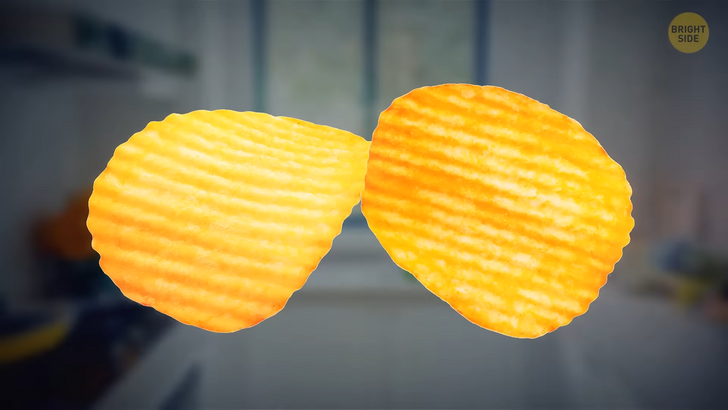
Now, let’s move on to other everyday objects that may be hiding some secrets. For example, those lines on some kinds of chips. For one thing, they help with the distribution of spices and seasonings. In other words, all those substances that make your chips taste like cheese are mostly stored inside the lines. Plus, the lines make chips crunchier.
Highlighters are filled with a special semi-transparent fluorescent ink that can glow in dim light. Yellow and light-green hues are the most popular because they don’t prevent you from seeing the text after black-and-white photocopying. Photocopiers perceive yellow and light-green marks as almost non-existent and don’t print them.
Back in the day, the first jeans had one problem: workers and miners (who were the original jeans wearers) put too much pressure on the poor piece of clothing. As a result, the seams couldn’t withstand the stress and tore. Tiny metal studs were invented to prevent this from happening. Most metallic zippers have a hidden lock inside them. That’s why you shouldn’t leave the zipper handle in an upward position. When you pull it downwards, it automatically locks. It’s all thanks to several tiny grooves hidden underneath the handle.
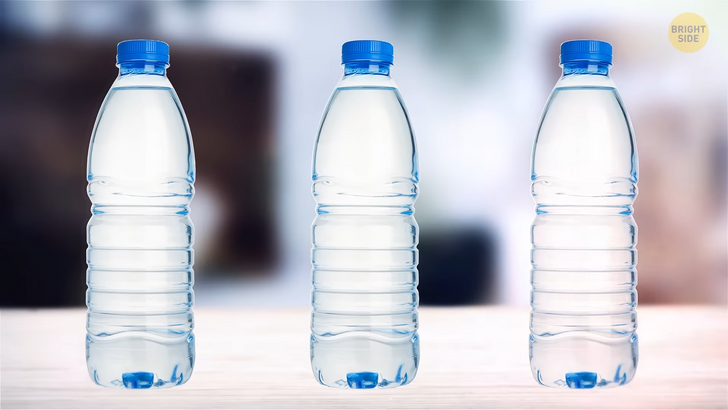
Now, about those horizontal lines on plastic bottles. They help hold bottles up. Some bottles are produced from soft plastic. Without the lines, they wouldn’t keep their shape. Instead, they would twist easily or even break.
Bath foam isn’t only for fun or a nice smell. It helps regulate the temperature too. The bubbles keep the water hot, and you can enjoy your bath a bit longer. With or without your rubber duckie.
Ever noticed that layer of clear fluid in gel pens? It’s called the ink follower or stopper fluid. The gel in such pens contains pigment particles dissolved in a polymer solution. The gel should be thick enough to keep the pigment particles suspended but also thin enough to flow first onto the ball and then the paper. The main task of the stopper fluid is to be a barrier to prevent the gel from evaporating or leaking out. Without this transparent fluid, your gel pen wouldn’t function. The fluid always stays in one position and doesn’t get dissolved with the gel. Neither does it move backward or flow out of the pen.
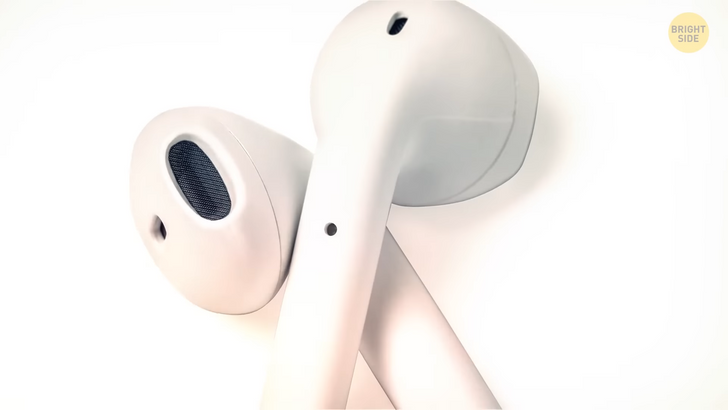
The holes in the bottoms of your earphones allow air to circulate up and through the speakers. It helps to increase low frequencies, making the bass sound deeper. The quality of the sound also becomes much better.
Some plastic milk containers have dents on their sides. Try as they might, they just cannot park (car) without some damage. No, I made that up. These dents serve several purposes. For one thing, when milk spoils, this process usually causes swelling and high-pressure build-up inside the container. That’s when the dent comes in handy — it pops out and doesn’t let the jug blow up. Plus, if you decide to freeze the milk, it will expand like any other liquid. And then again, the indentation will pop out and prevent the container from breaking inside your freezer. That’s a good thing.
Airplane windows have rounded edges, and that’s a crucial safety measure. It prevents aircraft accidents! Weak spots are usually situated in the corners. If airplane windows were square or rectangular, each of them would have four potential weak spots. Under pressure, they would collapse.
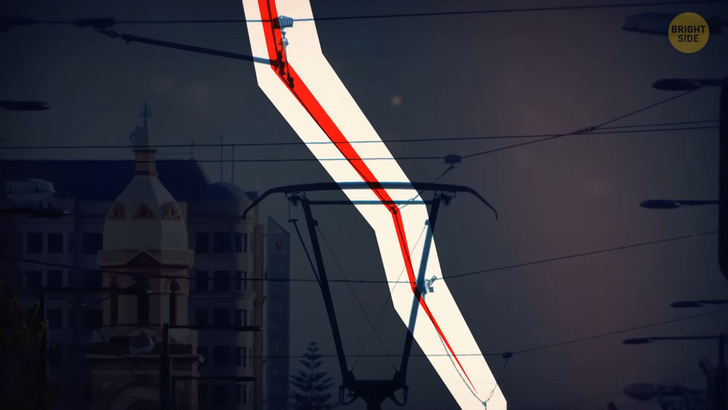
If you look closely at a tram’s overhead lines, you’ll see that its contact wires zigzag back and forth instead of going in a straight line. The thing is that all trams have pantographs attached to their roofs. The upper part of the pantograph is gradually worn down by the overhead wire and, eventually, needs to be replaced. To wear it down evenly, the wire is not installed strictly along the tram’s path but in zigzag patterns. As the tram moves, the pantograph slides along the wire, and it wears down evenly.
You might have wondered why some gas cans have two holes with caps, one bigger and one smaller. Before, I thought that the little hole was used when you poured something into a smaller container, but I was wrong. A very infrequent occasion. In reality, you’re supposed to uncap it before you pour the gas inside the bigger hole to prevent it from “glugging” and spilling on your clothes and on the ground.
Most of the buttonholes on a shirt are vertical, but the top and, sometimes, bottom ones are horizontal. The reason is simple — these two buttons slip out more often than others. Luckily, producers have found the solution that can prevent these buttons from slipping out — horizontal buttonholes! What engineering! Buttons tend to slip out less from such buttonholes.
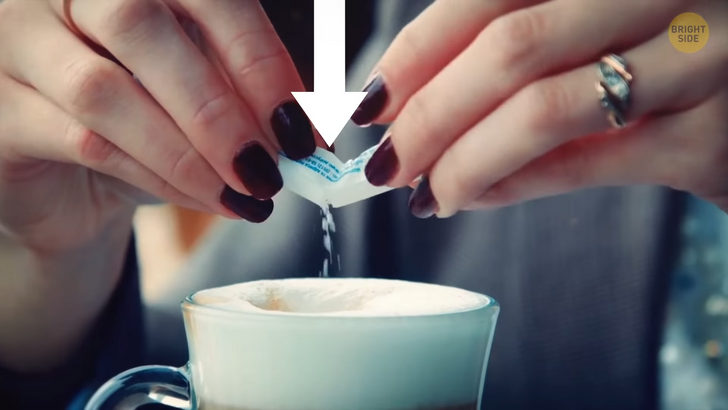
Stick sachets of sugar or salt are easier to open than many people think. There’s no need to tear off one of the ends. The right way is actually to tear them down the middle.
Some boots have loops sticking out on the back. Their main purpose is to help you pull your shoes on easier. Just tug on the loop while you’re pushing your heel into the boot. You can also use these loops to hang your boots on a hook when they’re dirty or when you want to dry them after washing. Or you can run your laces through the loop if you want to tie them around your ankle.
When you’re on board the plane, you might spot a little triangle over your seat. Such triangles show the flight crew the best spots to check the plane’s flaps through the window. Just in case they’re flapping.
If your shoes are really slippery, just take a bit of sandpaper and rub it on the soles for better traction. They’ll become more grippy, and you will be able to wear them out in the rain. If they get too wet, they might turn gripey, but that’s only if you have talking shoes.
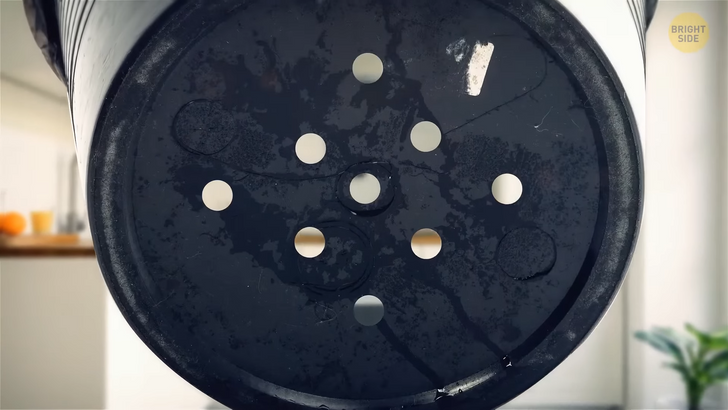
If you drill several holes at the bottom of your garbage can, putting in and taking out trash bags will become much easier. You won’t have any problems with suction.
You can usually find some silica gel in bags, shoes, and many other things you buy. This gel absorbs excess moisture. Don’t throw it away. Every time your shoes get wet, put a few packets of silica gel inside.
The thermos wasn’t actually invented to keep your coffee warm. It was made by a Scottish scientist who just wanted a safe place to keep his chemicals at a stable temperature. So he took two bottles, put the smaller one inside the bigger bottle, and vacuumed out the air between them. Well, anyways, thanks for the hot coffee!

